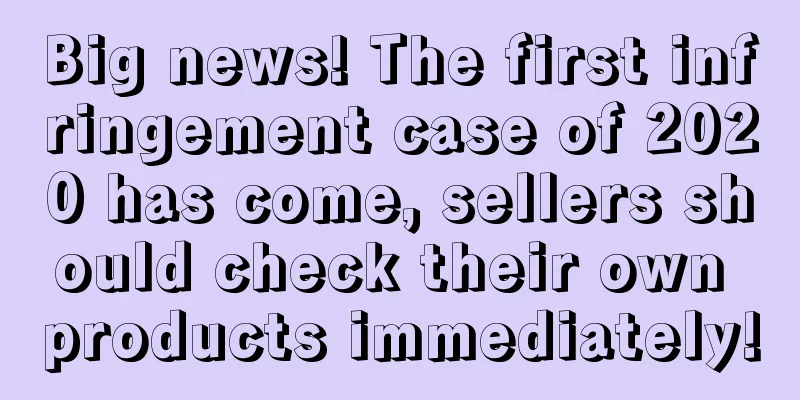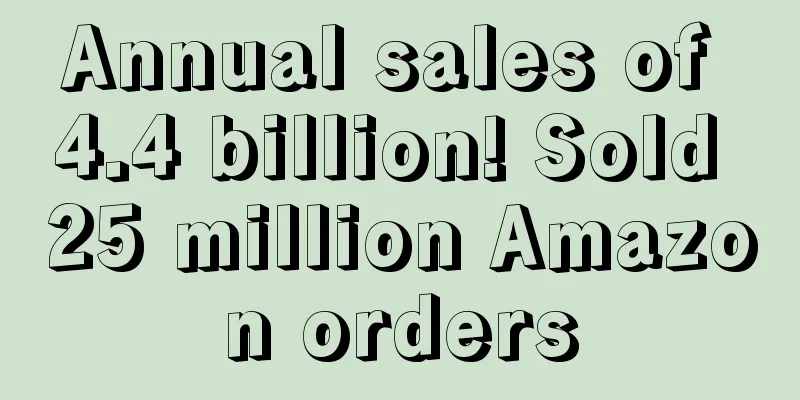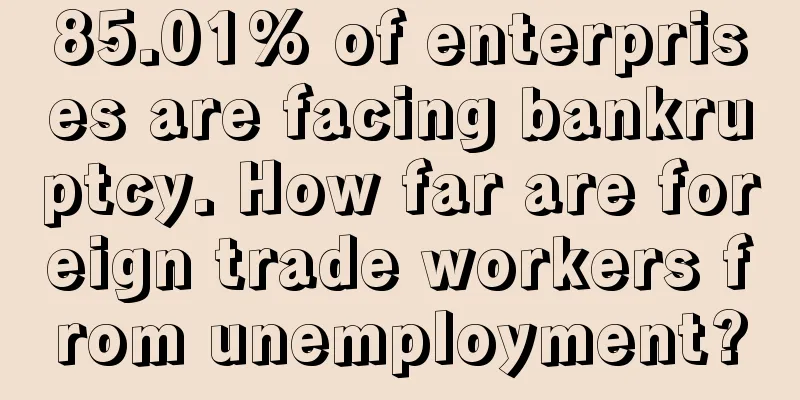|
Sellers have always been accustomed to complaining that they are cross-border leeks , being harvested again and again by platforms and service providers, and having paid countless IQ taxes. But with the transformation of the platform and changes in the cross-border situation, sellers have unlocked a new identity - "cross-border philanthropists." "Cross-border philanthropist" means that in the process of operating a cross-border platform, sellers need to continuously pay suppliers, freight forwarders, service providers, and advertising fees to Amazon. After this cycle, sellers not only do not make money, but also pay a lot of costs, just like doing charity. ▲ The picture comes from Weibo
Many sellers have reported that the number of orders has been steadily declining since the bug in Amazon’s front-end. However, just when the profits were not satisfactory, Amazon sent a notification on the new EU VAT regulations, seemingly reminding sellers that if they don’t raise prices, their profits will be gone. Amazon will pay VAT in EU countries Amazon Europe has announced that the 27 EU member states will implement new VAT regulations from July 1, and will implement different VAT regulations for online stores established in the EU/non-EU. The following is the content of the announcement: Online stores established in non-EU countries: Amazon will collect VAT on sales of goods ordered from any Amazon store and delivered to B2C customers in the EU: Goods shipped from non-EU warehouses to the EU will be subject to VAT on goods valued at up to €150. The store is known as a "one-stop shop for imports". Goods shipped from EU warehouses but online stores established in non-EU countries will be subject to VAT regardless of the value of the shipped goods.
Online stores established in the EU: The following VAT changes will apply to distance sales into the EU: - For all B2C e-commerce products, the distance selling threshold will be replaced by a destination general tax, i.e. VAT payable at the destination (EU country).
- Introducing a simplified EU One Stop Shop (OSS) for reporting VAT on B2C intra-EU sales.
▲ Picture from Amazon In fact, Amazon notified sellers of the relevant changes by email as early as April, which caused a lot of complaints from sellers at the time. Now Amazon has sent another notice to remind sellers before the peak season that the new rules will take effect soon and sellers need to prepare early. In this regard, some sellers asked Amazon customer service and received a reply that it has been confirmed that starting from July 1, orders from EU countries will be subject to VAT withholding like the UK. ▲ The picture comes from Zhiwubuyan This change has caused a lot of sellers who mainly operate in the European site to fall into anxiety. One seller analyzed that: large sellers can still rely on lowering costs and supply chain advantages to implement price cuts to reap profits, but for small sellers, raising prices means losing customers, and if they do not raise prices, their profits will be reduced again, which is really a dilemma. ▲ The picture comes from Zhiwubuyan When it comes to whether prices should be raised, Amazon's internal circulation trend has recently been vividly reflected in its product prices. We have learned that recently many sellers have complained about their peers engaging in price wars and using low-price competition to seize the market, which has caused a lot of controversy among the seller community. What do the sellers think about this? New sellers' price war sparks controversy A seller posted: I have a message for the newbies entering the market: can you please stop engaging in price wars? ▲ The picture comes from Zhiwubuyan From the words, we can see that the seller strongly disagrees with the price war among his Amazon peers. He believes that this approach will not only harm the interests of fellow sellers, but also cannot be used as a long-term operating strategy. When it comes to price wars, some sellers think of a spiral strategy that is popular in the cross-border circle, which is to let sellers optimize the supply chain, reduce product costs, and then use these profits to price lower than their competitors. But does this method really work? According to feedback from some sellers, this approach is not suitable for all sellers. When selling on Amazon, product pricing is important, but sellers also need to know how to calculate input and output and how to maintain a balance between cost and profit. ▲ The picture comes from Zhiwubuyan One seller even wrote a limerick: In front, there is a death spiral among Tai Shi’s disciples, and behind, Pinduoduo sellers are rushing into the market. Today, the Amazon market is in turmoil again, and after the bloody storm, there will be corpses everywhere. Some sellers have come to the following conclusions after rational analysis: - Your ideal: price reduction - strategic losses - surge in orders - crazy replenishment - compressing factory prices - increasing your own profits - raising prices again, and the product will be successful.
- In reality: price is lowered - other sellers follow suit - big sellers lower prices - you still can’t sell - advertising CPC gets higher and higher - advertising loses money - factories ignore you - shipping and restocking lose money - then you go bankrupt, and the profits of the entire category decrease.
Some sellers expressed the hope that Chinese sellers would no longer view product price as the only way out, but instead differentiate themselves in more ways to harvest foreign traffic. It is true that as the number of cross-border sellers grows exponentially, the number of sellers’ competitors also increases day by day, and operational pressure also comes with it. Everyone wants to get a share of the platform’s huge traffic, but there are too many sellers and too little porridge. How to maintain competitiveness in the platform’s torrent and go against the current is a question that every Amazon operator should think about now. What do you think about price wars? Feel free to share your views in the comments section.
| 









